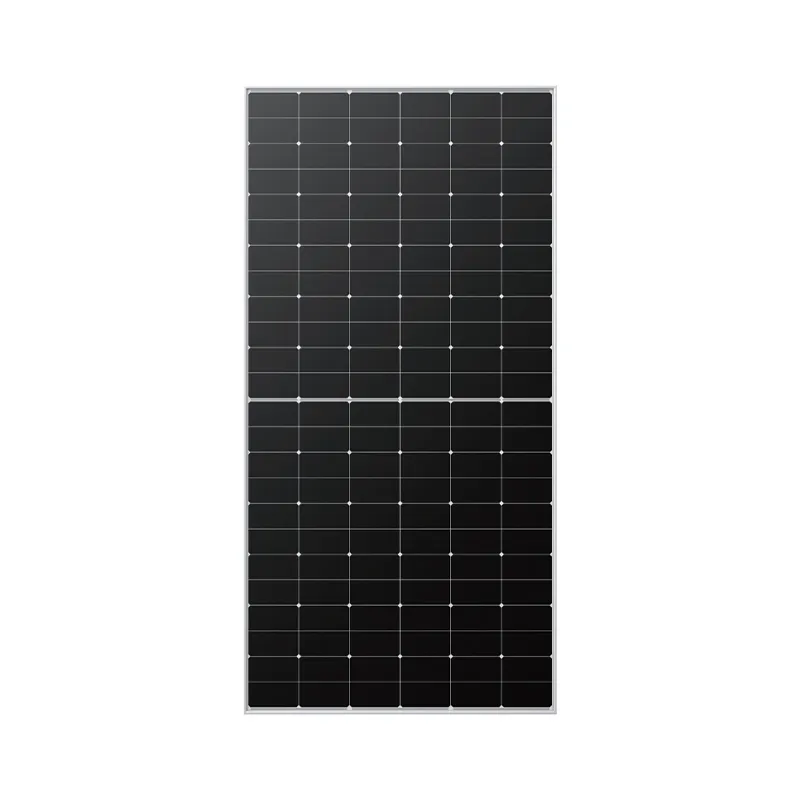calculate number of solar panels
How to Calculate the Number of Solar Panels Needed for Your Home
As renewable energy sources gain prominence, solar power stands out as a clean and sustainable alternative to traditional energy sources. If you're considering switching to solar energy, one of the most crucial steps is calculating how many solar panels you will need to meet your energy requirements. This guide will walk you through the process.
Understanding Your Energy Needs
The first step in determining the number of solar panels you need is to understand your energy consumption. Check your electricity bills to find your average monthly usage in kilowatt-hours (kWh). Most bills show this figure prominently. For instance, if your household consumes approximately 900 kWh monthly, that breaks down to about 30 kWh per day.
Estimating Solar Panel Output
Next, you need to know how much energy a single solar panel can produce under optimal conditions. The average solar panel generates around 250 to 400 watts of power. For example, if you choose a 300-watt solar panel, each panel can produce approximately 1.5 kWh per day, assuming around 5 hours of full sunlight.
To calculate this, you use the formula
\[ \text{Daily Output} = \text{Panel Wattage} \times \text{Sunlight Hours} \div 1000 \]
Using a 300-watt panel with 5 hours of sunlight
\[ \text{Daily Output} = 300 \times 5 \div 1000 = 1.5 \text{ kWh} \]
Calculating the Number of Panels Required
Now that you know your daily energy needs (30 kWh) and the output per panel (1.5 kWh), you can determine the number of solar panels required. The formula is straightforward
\[ \text{Number of Panels} = \frac{\text{Daily Energy Needs}}{\text{Daily Output per Panel}} \]
calculate number of solar panels

Substituting the numbers we have
\[ \text{Number of Panels} = \frac{30 \text{ kWh}}{1.5 \text{ kWh}} = 20 \text{ panels} \]
So, in this example, you would need 20 solar panels to cover your daily energy usage.
Accounting for Efficiency Losses
It's essential to factor in potential efficiency losses due to shading, panel orientation, and weather conditions. A common practice is to increase your initial number of panels by around 10-20% to account for these variabilities. If you adopt a 15% increase
\[ \text{Adjusted Number of Panels} = 20 \times 1.15 \approx 23 \text{ panels} \]
This adjustment helps ensure that you can still meet your energy needs, even under less-than-ideal conditions.
Final Considerations
When planning your solar installation, it's important to assess your roof's available space, orientation, and any shading from trees or buildings. You should also consider local regulations and the potential for net metering, which can affect how much energy you need to generate.
Additionally, consulting with a solar energy provider can provide insights tailored to your specific situation, including information on available incentives or financing options, which can significantly affect the overall cost of your solar panel system.
Conclusion
Calculating the number of solar panels you need is a critical step towards harnessing solar energy effectively. By understanding your energy consumption, estimating panel output, and considering efficiency losses, you can make an informed decision that contributes to a more sustainable future. Embracing solar energy not only reduces your carbon footprint but can also lead to substantial savings on your electricity bills in the long run.
-
Unlocking Energy Freedom with the Off Grid Solar InverterNewsJun.06,2025
-
Unlock More Solar Power with a High-Efficiency Bifacial Solar PanelNewsJun.06,2025
-
Power Your Future with High-Efficiency Monocrystalline Solar PanelsNewsJun.06,2025
-
Next-Gen Solar Power Starts with Micro Solar InvertersNewsJun.06,2025
-
Harnessing Peak Efficiency with the On Grid Solar InverterNewsJun.06,2025
-
Discover Unmatched Efficiency with the Latest String Solar InverterNewsJun.06,2025







